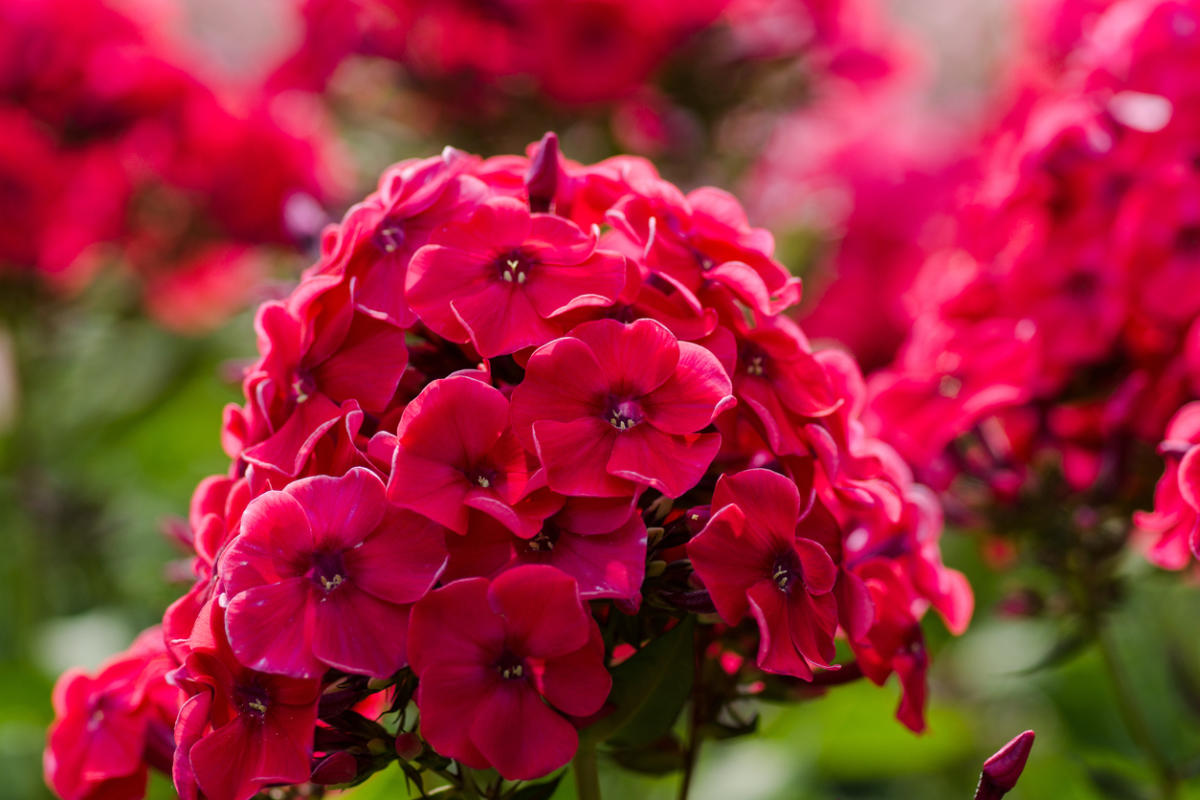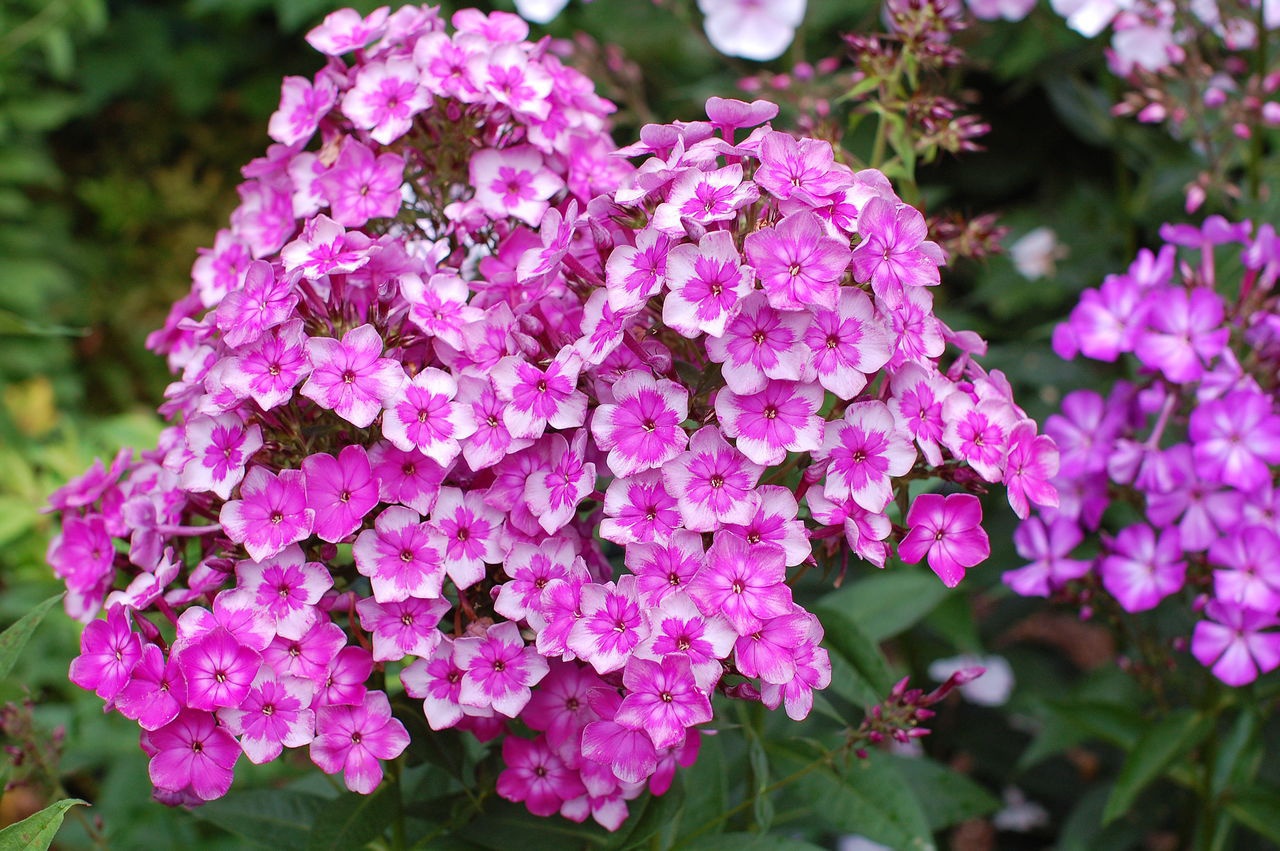Anyone who has ever seen a blooming field will not be able to forget this wonderful sight: a continuous carpet of flowers and herbs that sways from the slightest breeze. And the smell cannot be conveyed in words, the flowers heat up in the sun's rays, and it seems that the smell only intensifies.
The world of flowers growing in a meadow is diverse. In addition to cultivated plants, wild plants can often be found. Many of them, such as St. John's wort or chicory, have medicinal properties. In this article, we will look at what meadow flowers are called and how they look in photos and pictures.
Types of meadow plants
Meadow flowers are flowers of steppes, fields and meadows that need a lot of light and warmth. They are light green with a silvery tint, which, as it were, protects the plants from the scorching sun rays and burns. This group includes the following plants:
 Dandelion.
Dandelion.- St. John's wort.
- Chicory.
- Phlox.
- Red clover
- Knapweed.
- Chamomile.
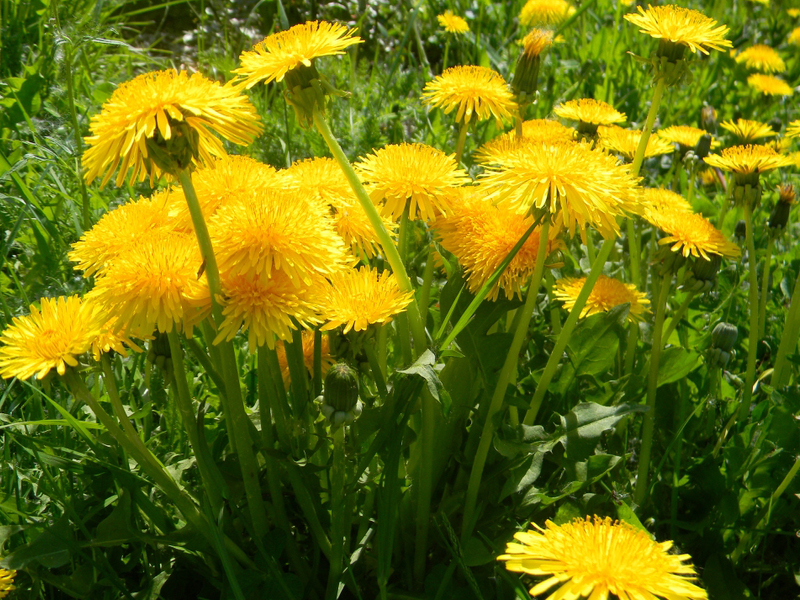
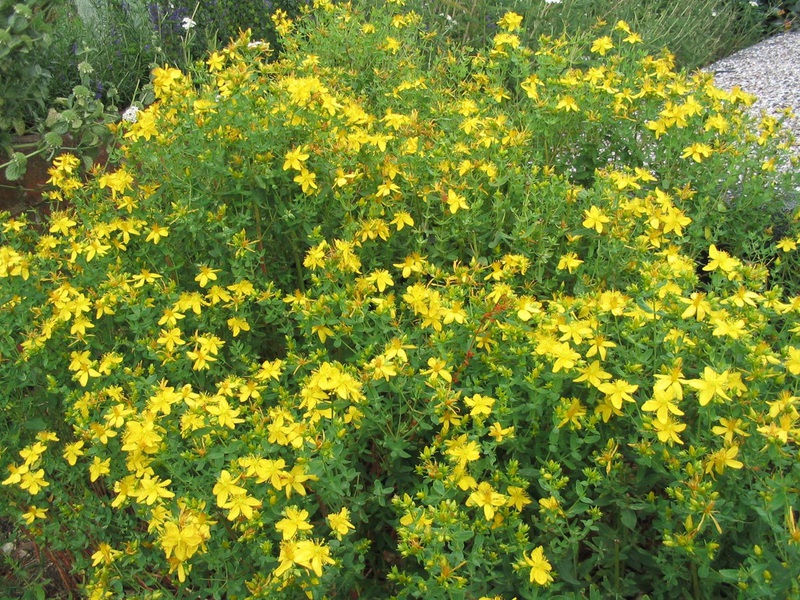
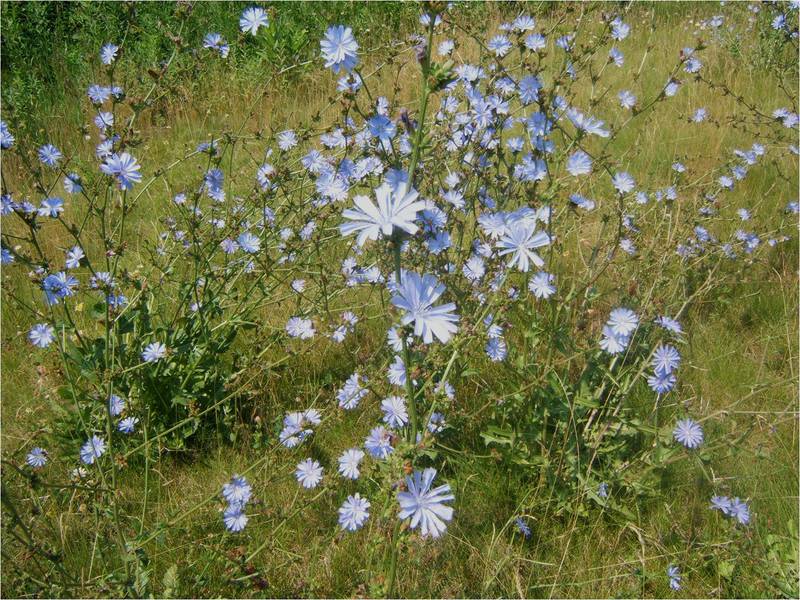
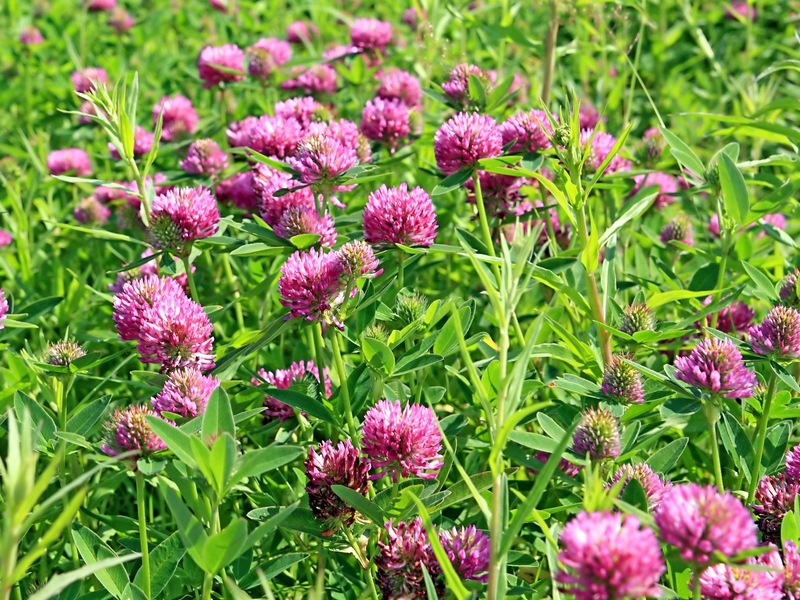

Any person, be it a city dweller or living in a distant province, at the beginning of summer observes an invasion of yellow flowers that cover many glades, meadows, parks and squares with a continuous carpet.
it unpretentious dandelion captures more and more territories. This flower grows absolutely everywhere, and literally. It doesn't matter if it is a crack in the asphalt or a hole between bricks on the wall of a building. Sometimes, in cloudy weather, you can observe the disappearance of all dandelions.
In reality, they simply close their flowers tightly in a green cup, giving the impression of disappearing into the green grass. On a sunny day dandelions bloom and close at the same time.
The yellow part of a dandelion is not a single flower, but an accumulation of many thin tubules-flowers. When the stem is broken, oozing from it milky juicewhich is effective against pain and swelling caused by a bee sting. It is enough just to put the broken stem to the bitten part of the body.
At a certain time, all yellow flowers disappear and a transparent white round appears. These are ripe dandelion flowers. Each tube is a flower turns into a seed with an individual parachute on a thin leg. The dandelion will show off its hat until the strong wind carries the seeds to new places of growth.
St. John's wort
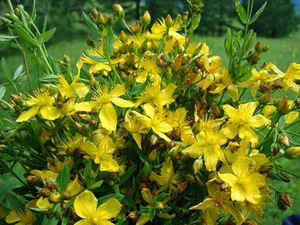 In ancient times, there was an opinion about the dangers of St. John's wort for livestock. It was believed that animals that ate hay with St. John's wort would be poisoned by such food. It's not for nothing that the flower has such a formidable name - St. John's wort.
In ancient times, there was an opinion about the dangers of St. John's wort for livestock. It was believed that animals that ate hay with St. John's wort would be poisoned by such food. It's not for nothing that the flower has such a formidable name - St. John's wort.
However, later it turned out that St. John's wort is not at all dangerous, and even vice versa, has many healing properties... These qualities of St. John's wort were known from ancient times to the steppe inhabitants - Kazakhs. They had this plant called "dzherabay", meaning a healer of wounds. It was from the Kazakhs that the methods of treatment with St. John's wort were adopted.
At the present time St. John's wort medicines widely used in traditional and folk medicine. They are used for burns, wounds, scratches. St. John's wort tinctures are used for respiratory diseases, colds, and even just used for prevention.
St. John's wort propagates by seeds. After flowering.In place of the flowers, boxes with seeds appear, which open in dry weather and the seeds spill out onto the ground, where they germinate.
Wild phlox
 Phlox - this plant is distinguished by its unpretentiousness. It blooms in one place for many years. During this time, wild phloxes grow so much that they displace almost all weeds.
Phlox - this plant is distinguished by its unpretentiousness. It blooms in one place for many years. During this time, wild phloxes grow so much that they displace almost all weeds.
The wonderful aroma was highly appreciated by people and profuse flowering of phlox, in connection with which garden phloxes of different types were bred. This flower begins to bloom in the second half of June. The name of the flower means fiery.
And if you look at how phlox bloom, it becomes clear where this meaning comes from. Gardens are in flames as the phlox bloom red, pink, white shades. It is worth noting the magnificent aroma of these flowers, captivating many amateur flower growers.
Chicory
This plant is from the genus of biennial or perennial grasses belonging to the Astrovye family. The genus includes two species that are cultivated by humans and up to six wild ones.
Cultivated species:
- Salad;
- Ordinary.
The swollen chicory root contains a large amount of inulin, reaching 75% of the share. Because of this, the root often use instead of coffee... Often, dried and roasted chicory root is added to natural coffee to enhance its taste.
Chicory can act as a sedative, astringent, choleretic, diuretic, antimicrobial, antihelminthic, anti-inflammatory agent... It is able to regulate metabolism, have a beneficial effect on digestion, reduce the amount of sugar in the blood and even improve the functioning of the cardiovascular system.
The use of meadow plants in medicine
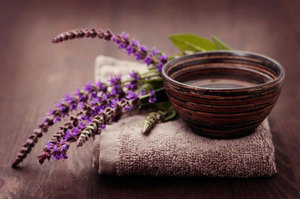 Chicory is used only in traditional medicine. The root part is used to prepare a decoction, which helps with diseasesassociated with the gallbladder, liver, kidneys. Also, a remedy made from chicory roots is excellent for digestive problems.
Chicory is used only in traditional medicine. The root part is used to prepare a decoction, which helps with diseasesassociated with the gallbladder, liver, kidneys. Also, a remedy made from chicory roots is excellent for digestive problems.
Has a beneficial effect on gastritis, constipation, diabetes... Normalizes the general state of the body's metabolic processes.
A decoction and tinctures from the ground part of the plant are used to stimulate appetite, improve the condition of the gastrointestinal tract, and in the treatment of anemia.
The chicory stem and leaf remedy has worked well as incalming and tonic for the nervous and cardiovascular system. Also, decoctions are used for external use, in order to accelerate wound healing and treatment.
There are a huge number of field plants that have medicinal properties. For instance:
- Red clover It is an excellent diaphoretic, diuretic and choleretic agent. Has anti-inflammatory effect. Helps stop bleeding. For colds, it is used as an expectorant.
- Knapweed. A flower growing in a meadow. It is used for colds, as an antipyretic, diaphoretic. The flower is endowed with anti-inflammatory, analgesic, wound healing and laxative effects. Effective for stomach and colds. Helps treat constipation.
- Chamomile. Wild flower with antiseptic and anti-inflammatory properties. Effective for skin problems. It is used for pain in the gastrointestinal tract.
The list is endless. Nature has generously endowed our planet useful and beautiful field plants. In the meadow you can find:
- bells;
- meadow geranium;
- buttercups;
- dandelions;
- poppies;
- herbal cloves, etc.
It is very important to protect the environment. Since human activities often lead to the disappearance of both animals and plants.

